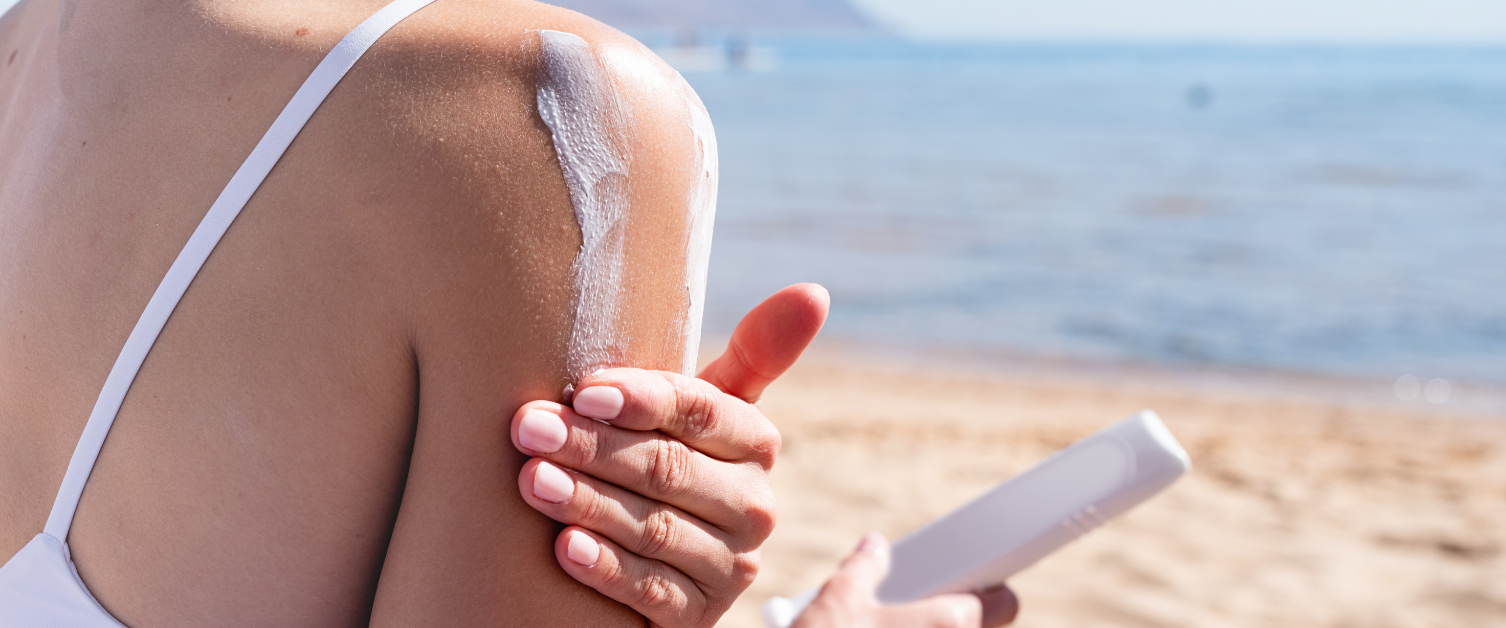Sun Safety

The sun protection factor (SPF), is a measure of the amount of ultraviolet B radiation (UVB) protection.
SPFs are rated on a scale of 2 to 50+ based on the level of protection they offer, with 50+ offering the strongest form of UVB protection.
The star rating measures the amount of ultraviolet A radiation (UVA) protection. You should see a star rating of up to 5 stars on UK sunscreens. The higher the star rating, the better.
Yes. Significant amounts of UV rays can still get through the clouds, so it’s best to apply sunscreen if you’re out and about during the summer.
No sunscreen offers 100% protection so it should never be used as a substitute for clothing and shade.
No. Sunburn and skin peeling is the extreme end of skin damage from UV rays. When the skin ‘tans’ this is damaging your skin and putting you at risk of skin cancer in the future.
No. There is no such thing as a healthy tan. If the skin changes colour it shows that damage has been done to cells.
Yes. UVA radiation can penetrate glass. Make sure you protect your skin on long car journeys or if you spend a lot of time sat by sunny windows.
Sponge sore skin with cool water, then applying soothing aftersun cream or spray, like aloe vera.
Painkillers, such as paracetamol or ibuprofen, will ease the pain by helping to reduce inflammation caused by sunburn.
Stay out of the sun until all signs of redness have gone.
No. Aftersun may help to soothe and cool your skin, however it cannot fix the damage done to DNA inside your cells.
Rydym yn croesawu galwadau ffôn yn Gymraeg, Saesneg a Iaith Arwyddion Prydain (BSL) via SignVideo.
We welcome phone calls in Welsh, English and British Sign Language (BSL) via SignVideo.